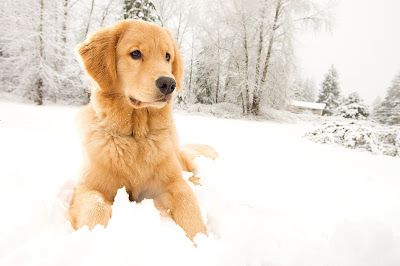Easter Chocolate Warning for Pet Owners:
Easter is such a wonderful time of year; spring has sprung so daffodils are aplenty, and families come together to share chocolate eggs to celebrate the end of lent and the beginning of Easter. In order to ensure that your pet gets to join in with the celebrations, avoid letting them get their Paws and Claws on any chocolate, which can result in them becoming seriously unwell.Why is my dog allergic to chocolate?
All chocolate may seem delicious to us, however it contains a stimulant known as theobromine that is exceptionally poisonous to our pets. Whilst some chocolate has more theobromine in than others – dark chocolate has the most – all sweet treats should be avoided by our pets to kerb serious issues.What are the symptoms?
Symptoms tend to occur within 4 – 24 hours of your dog consuming chocolate and can vary depending on the amount they have consumed. Some symptoms include:- Vomiting which may include blood
- Restlessness
- Seizures
- Diarrhoea
- Heavy breathing
- Increased heart rate
What should I do if my dog has eaten chocolate?
If your dog has eaten even the smallest amount of chocolate, we recommend that you contact your pet insurance provider, even if symptoms do not occur instantly. They will be able to put you in touch with a vet who will want to know the type of chocolate that has been consumed and how long ago your dog has eaten the substance, in order to work out whether a toxic dose has been digested, and in turn which treatment is most suitable. It’s likely that your dog will be made to vomit and given active charcoal which will help to absorb any leftover theobromine that is left in the intestine.




